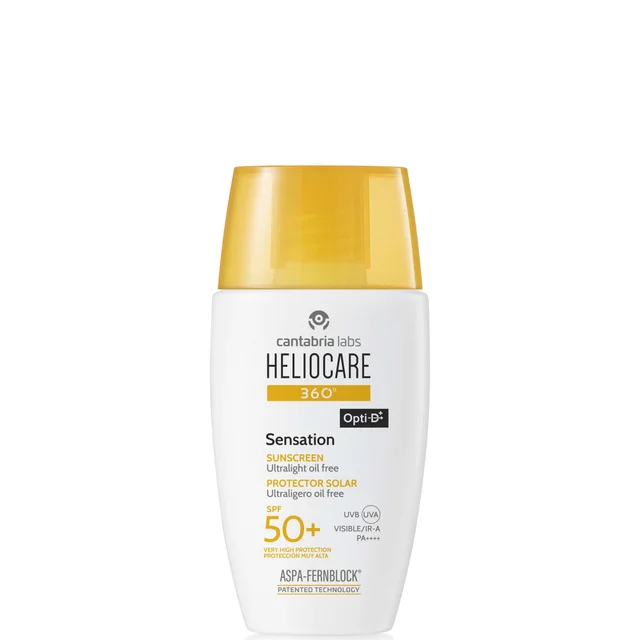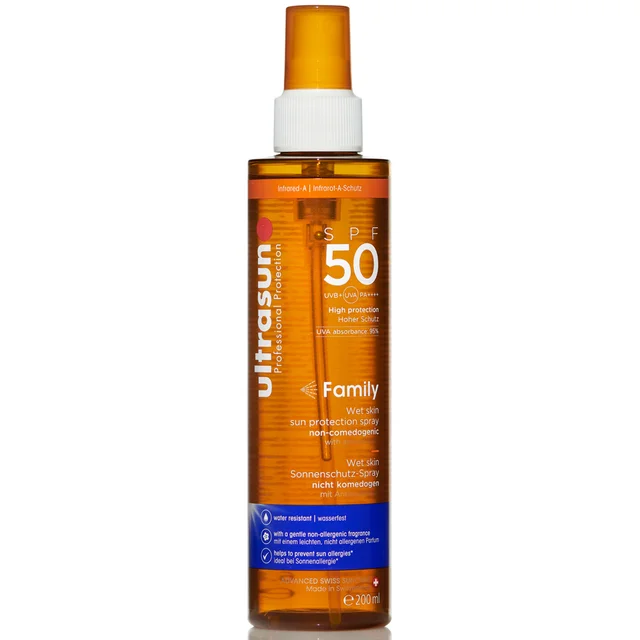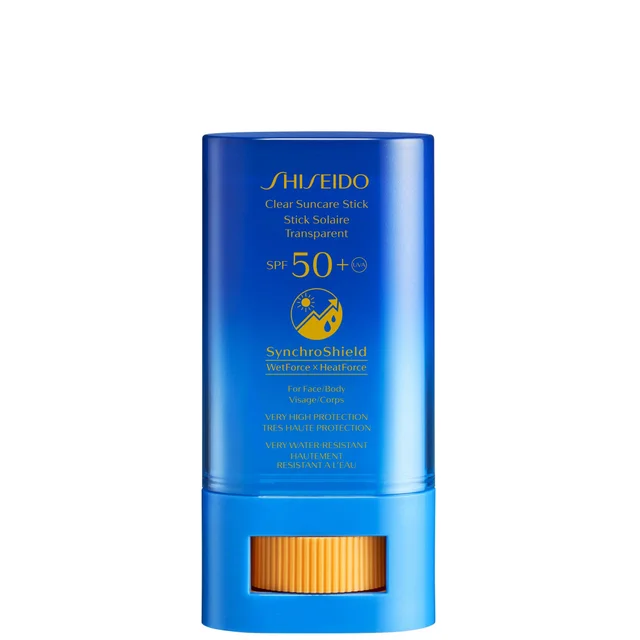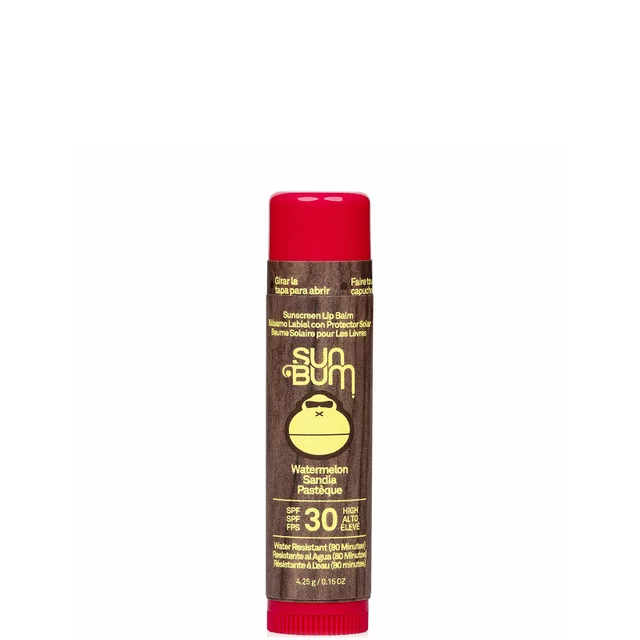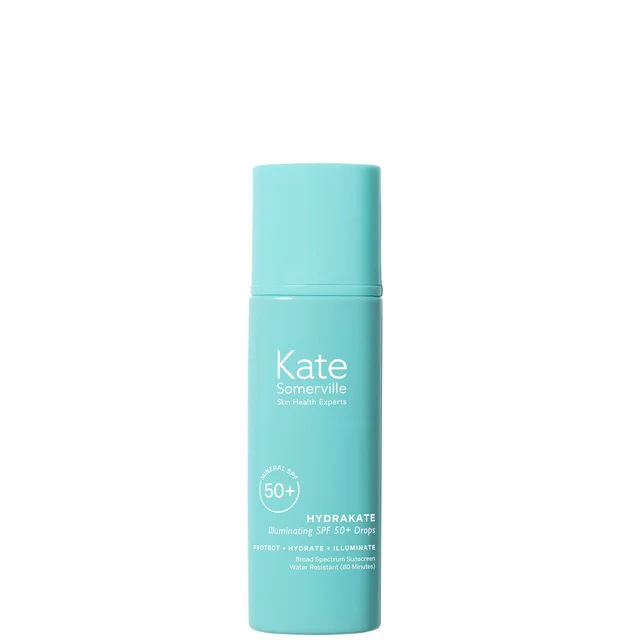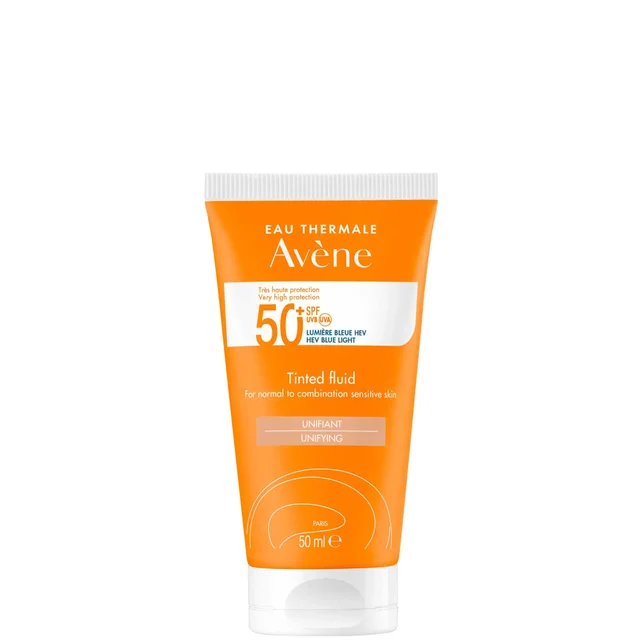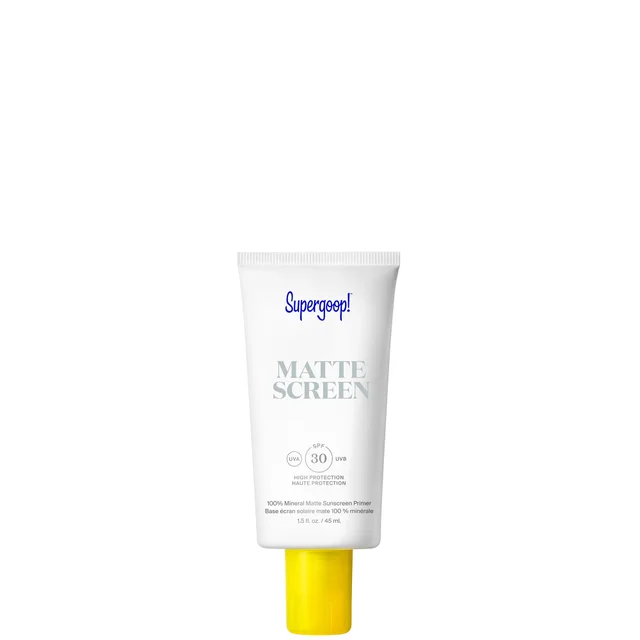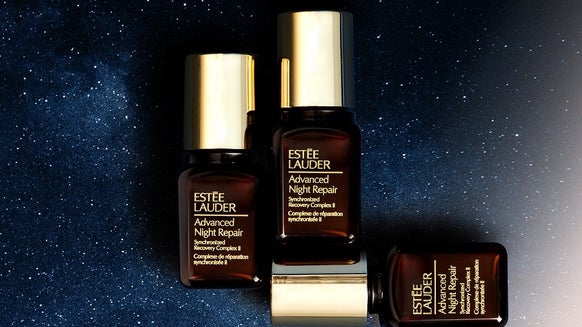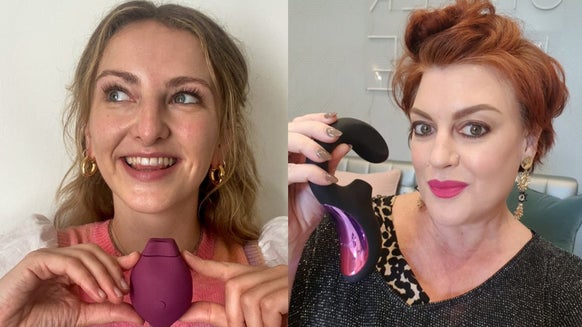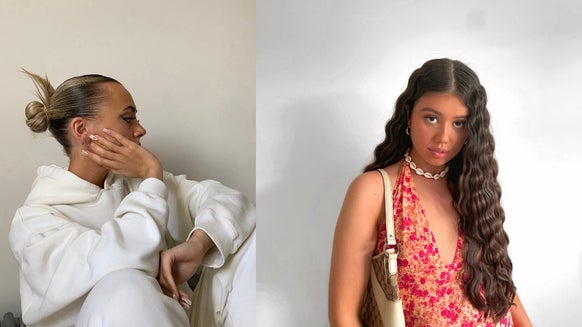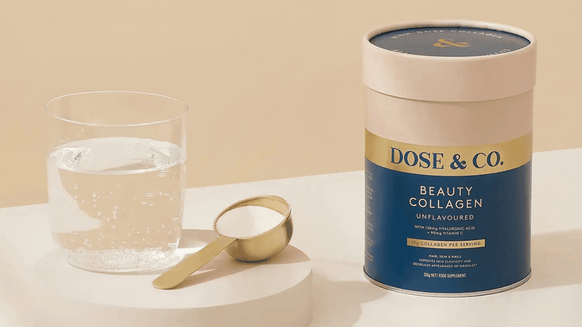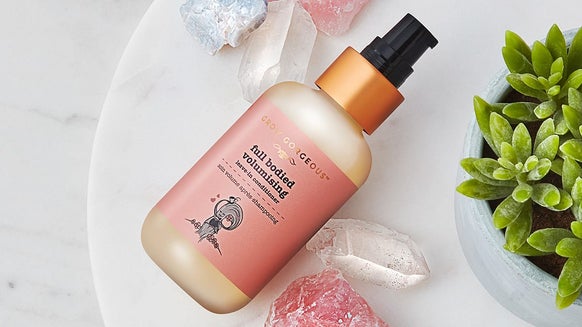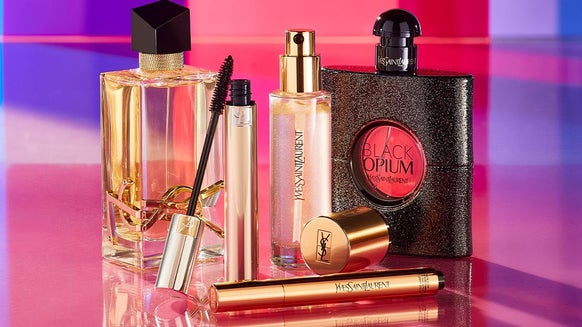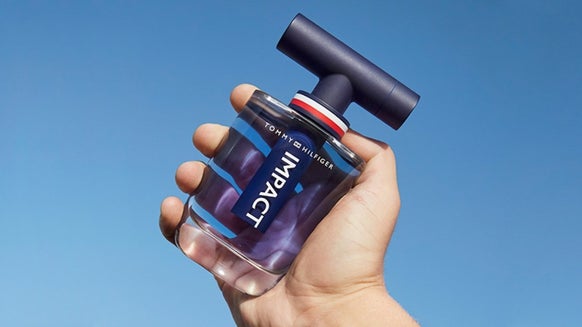What is SPF?
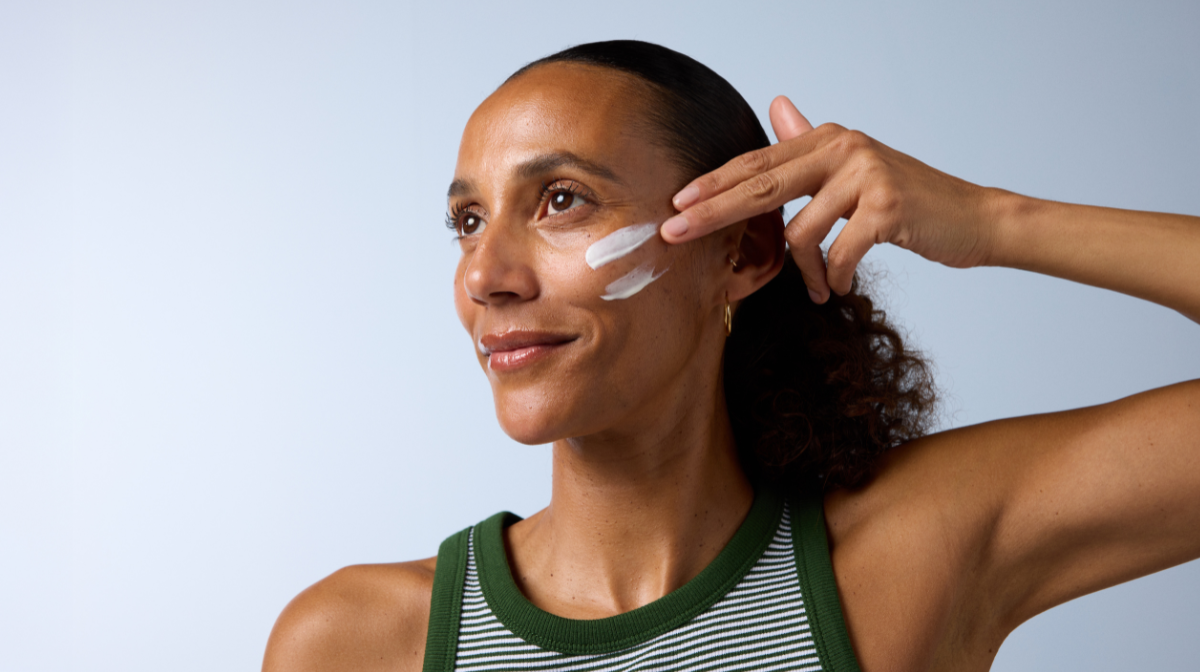
Lots of us enjoy soaking up vitamin D from sunlight and feeling confident in a sun-kissed tan, but a common misconception is that wearing sunscreen prevents you from doing this.
We spoke to 5000+ UK beauty respondents in our SPF Consumer Survey 2025 and came to one simple conclusion: it’s time to re-educate the nation about sun protection. With advice from skin expert and British Beauty Council advisor, Melanie Grant, we’re breaking down sun protection and showcasing its importance in helping to prevent skin cancers, melanoma and premature ageing.
Melanie shares, “I'm a firm believer that an ounce of prevention is worth a pound of cure, especially when it comes to skin health. Often underestimated, wearing SPF everyday is essential for maintaining healthy, radiant skin and should really sit at the forefront of your regime, regardless of the time of year.”
“So many common skin concerns like dullness, dehydration, laxity, pigment, fine lines and rosacea can all be triggered by sun exposure, so taking some simple steps to safeguard your complexion will always deliver the best possible results.”
The difference between UVA and UVB
The sun emits 3 types of radiation: UVA, UVB and UVC. You only need to worry about UVA and UVB rays as UVC doesn’t reach the Earth’s surface.
UVA radiation: UVA rays have a longer wavelength so they can penetrate deeper into the skin and pass through clouds and glass. It is linked to skin cancer, premature aging, and pigmentation.
UVB radiation: Although UVB rays do not penetrate as deeply, they are responsible for causing sunburn and most skin cancers. Despite making up only a small fraction of UV radiation, UVB's high energy makes it particularly harmful.
Here's one way to remember: UVA = Ageing and UVB = Burning.
What does SPF mean?
Alarmingly, only 35% of respondents in our SPF Consumer Survey 2025 knew what the SPF number meant. SPF stands for ‘Sun Protection Factor’ and it measures the degree of protection it gives you from UVB rays, not UVA rays.
SPF 30 allows about 3% of UVB to penetrate the skin and SPF 50 about 2%. Although this doesn’t seem like much, it can make a big difference in certain skin types. It is strongly recommended that you wear an SPF of at least 30 every day and SPF 50 or higher for extended outdoor activities.
You can use the SPF number as a rough guide for how long you can stay in the sun before burning when using sunscreen. The higher the SPF, the longer it will take for you to become sunburnt. For example, if your skin normally reddens after 10 minutes in the sun, applying an SPF 30 sunscreen would allow you to stay in the sun for 300 minutes before burning.
However, you should reapply your sunscreen every 2 hours because the sun can dry it out and perspiration, touching your face or going in water will remove it.
How do I protect against UVA radiation?
There are a few ways to tell if a sunscreen protects against UVA radiation. If the product has UVA inside a circle, that means the sunscreen’s UVA protect is at least a third of the SPF. It doesn’t tell you the exact UVA protection, just the minimum you might expect.
Here are some ways you to find out the level of UVA protection:
Look for sunscreens with the UVA seal – a logo with ‘UVA’ inside a circle and 1-5 stars depending on how much protection it offers against UVA. Ideally pick one with a minimum of 4 stars.
In some countries, the PA+ rating system is used instead. PA stands for ‘Protection Grade of UVA’ and the more plus signs, the higher the level of protection against UVA. The highest level of PA+ protection is PA++++, which means you are 16 times more protected against UVA rays than wearing no sunscreen.
What does broad-spectrum mean?
Broad-spectrum protection refers to protection against both UVA and UVB.
Melanie says, “If it's the only thing you do when it comes to skincare, wear a broad-spectrum, high factor sunscreen each and every day no matter the weather. Its role in protecting against UV-induced damage, preventing premature aging, reducing the risk of skin cancer, and maintaining an even, unified skin tone is well established. By simply applying a broad-spectrum sunscreen correctly and consistently, you can significantly enhance the health and longevity of your skin.”
What does full-spectrum protection mean?
In addition to protecting against UVA and UVB, full-spectrum protection also shields you from visible light and infrared-A. Since we spend much of our lives looking at phone screens, laptops and other electronic devices, a full-spectrum sunscreen provides defence against the blue light emitted.
The difference between chemical and mineral sunscreens
“Physical sunscreen (also known as mineral sunscreen) relies on ingredients like titanium dioxide and zinc oxide to form a barrier on top of the skin’s surface that physically blocks out the sun's rays. Chemical sunscreen, on the other hand, relies on active ingredients like avobenzone or oxybenzone to absorb UV rays before they can damage the skin. Both sorts of sunscreen are effective.” shares Melanie.
Wear Your Stripes
Our Wear Your Stripes campaign aims to re-educate the nation about how much sunscreen you should apply. A common mistake is not wearing enough sunscreen, so even if you have SPF50+ on with the highest UVA rating, you still aren’t properly protected if you haven’t applied enough.
An easy way to remember is the two finger rule – squeeze sunscreen along the length of your index and middle fingers and apply it all over one section of your body, like your face.
Or as we like to say, ‘Two fingers for sun protection, two fingers to sun damage’.
What’s the best sunscreen?
“The best sunscreen is the one that you’ll actually want to use. Find a texture that you love, whether that’s a lightweight gel for an oilier skin type, a nourishing cream for dry or mature skin, a luxurious oil if you're feeling devitalised, or a plumping lotion if you're dehydrated. Use a broad spectrum of at least SPF30 or higher year-round, and switch this out to an SPF50 during the summer months if you can.” shares Melanie.
Is the SPF in makeup enough?
“While some makeup products contain sunscreen, using a specific sunscreen will always ensure you are getting adequate coverage – and remember to reapply throughout the day. The SPF in your makeup can be considered a bonus but it’s not enough to skip a dedicated sunscreen.” says Melanie.
SPF for Face
La Roche-Posay Anthelios UVMune 400 Invisible Fluid Non-Perfumed Suncream SPF50+ 50ml
Key benefits:
Broad-spectrum, SPF 50+ and reinforced protected against short and long UVA rays Ultra water, sweat and sand resistant Specifically developed for sensitive skin.
Heliocare 360° Sensation SPF50+ 50ml
Key benefits:
- Full-spectrum, SPF 50+ and PA++++
- Matte finish – perfect under makeup
- Enriched with ginger root extract to calm the skin
Medik8 Advanced Day Ultimate Protect SPF50+ 50ml
Key benefits:
- Broad-spectrum, SPF 50+ and PA++++
- Protects the skin from the ageing effects of air pollution too
- Infused with squalane and hyaluronic acid to hydrate the skin
SPF for Body
Sun Bum Original SPF 30 Sunscreen Spray
Key benefits:
- Broad-spectrum, SPF 30
- Tropical coconut scent
- Dry touch and ultra sheer finish
Ultrasun Family Wet Skin Spray SPF50 200ml
Key benefits:
- Broad-spectrum, SPF 50 and PA++++
- Apply to wet or dry skin
- Fast-absorbing and non-sticky finish
Shiseido Clear Suncare Stick SPF50+
Key benefits:
Broad-spectrum, SPF 50+ Easy-to-use stick format for face and body Clear and invisible on skin
SPF for Lips
Hello Sunday The One For Your Lips Lip Balm SPF50 15ml
Key benefits:
Broad-spectrum, SPF 50 Enriched with hyaluronic acid and vitamin E to nourish your lips Vegan
Sun Bum Original SPF 30 Sunscreen Lip Balm Coconut
Key benefits:
- Broad-spectrum, SPF 30
- Available in a selection of mouth-watering flavours
- Soothe your lips with its blend of aloe vera
Bondi Sands SPF 50+ Lip Balm - Tropical Mango
Key benefits:
- Broad-spectrum, SPF 50+
- Botanical blend of shea butter, jojoba oil and vitamin E
- Reef-friendly
Mineral SPF
Kate Somerville HydraKate Illuminating SPF 50+ Drops 50ml
Key benefits:
- Broad-spectrum, SPF 50+
- Gentle on sensitive skin with no white cast
- Sheer pigments blur the skin and imperfections
Kiehl's Ultra Light Daily UV Defense - 30ml
Key benefits:
Broad-spectrum, SPF 50 and PA++++ Mattified finish for people prone to excess oil Non-comedogenic to prevent clogged pores
Dermalogica Invisible Physical Defense SPF30 50ml
Key benefits:
- Broad-spectrum, SPF 30
- Weightless and blends easily, leaving no white cast
- Features bio-active mushroom complex to hydrate the skin
Tinted SPF
Avène Very High Protection SPF50+ Tinted Fluid for Sensitive Skin 50ml
Key benefits:
- Broad-spectrum SPF 50+
- Natural tint adapts to most skin tones
- Leaves a luminous glow
Supergoop! Mattescreen SPF30 45ml
Key benefits:
- Broad-spectrum, SPF 30
- Combines suncare with a makeup primer
- Blurs pores and minimises excess oil
Bioderma Photoderm Anti-Redness Tinted Sunscreen SPF50+ 30ml
Key benefits:
- Broad-spectrum, SPF 50+ and PA++++
- Even out the appearance of skin and redness
- Perfect for reactive skin

From a young age I’ve been immersed in the beauty industry, getting my first job at a skin clinic and staying there for almost 5 years. My love for skincare was born from the constant exposure to new French pharma skincare products, award-winning supplements and revolutionary techniques to snatch your face. My go-to look is a dewy, natural base using a tinted moisturiser, enhanced by a colourful eyeliner. The Garnier SPF50+ Face Fluid and YSL Touche Éclat Blur Primer are my holy grails.

